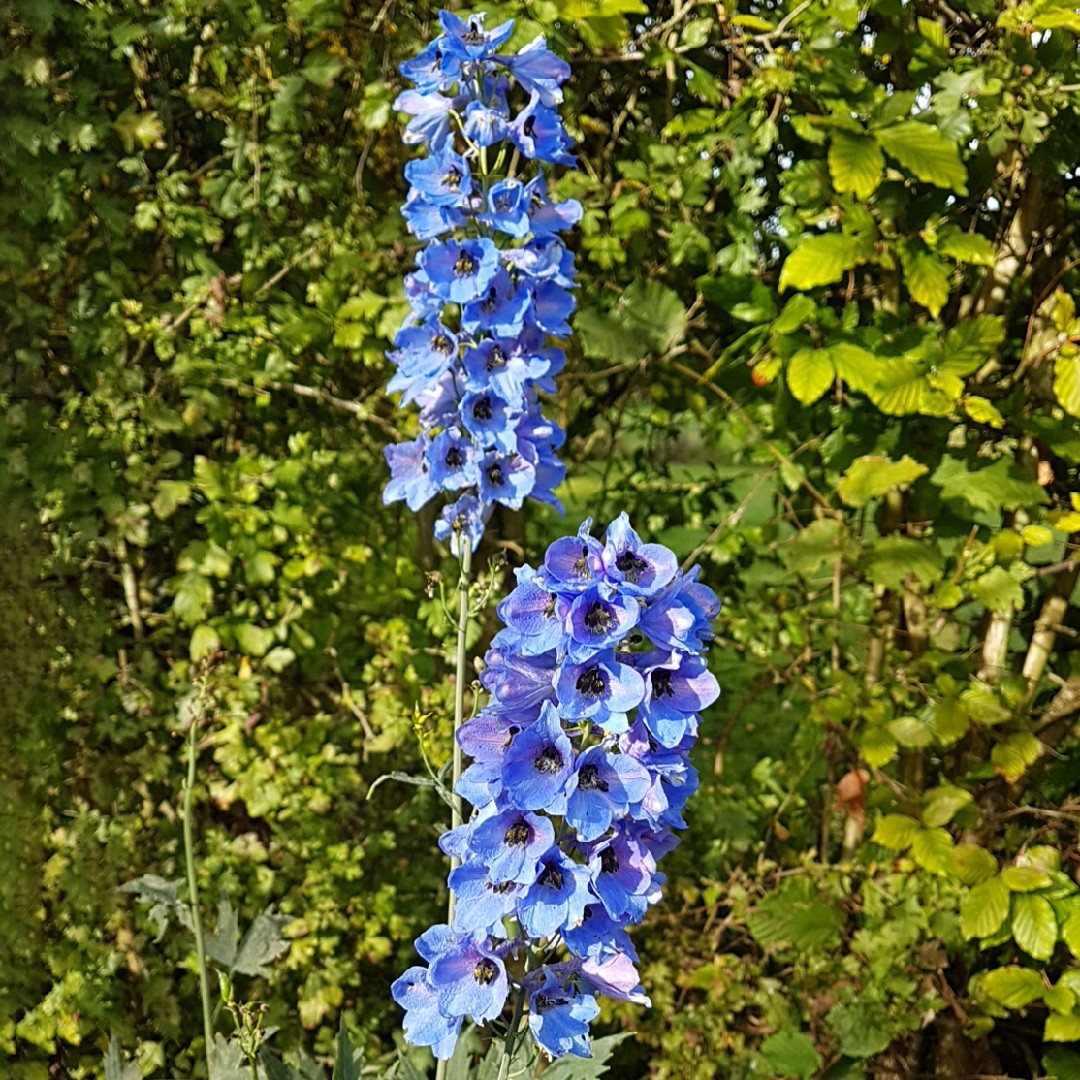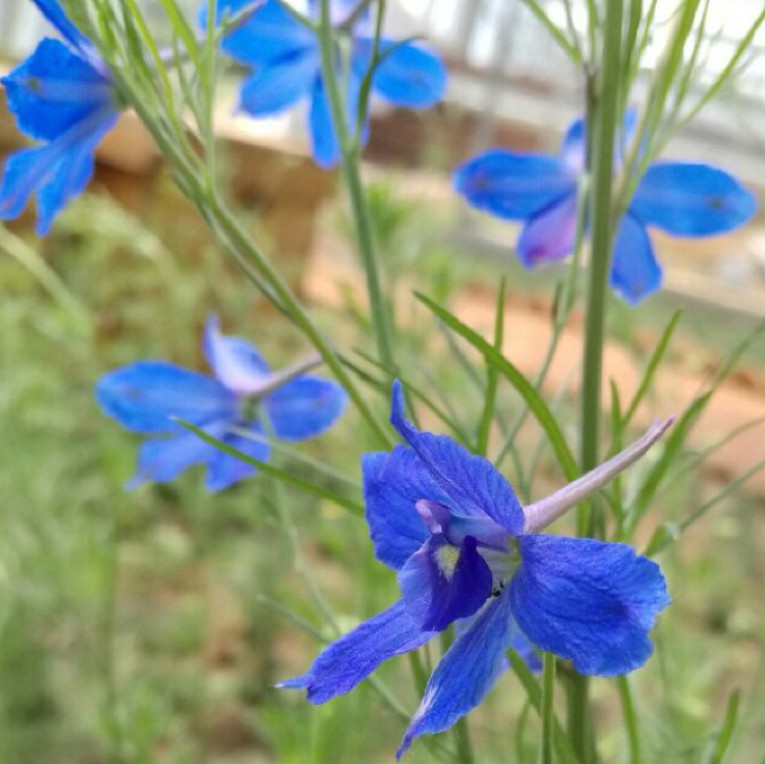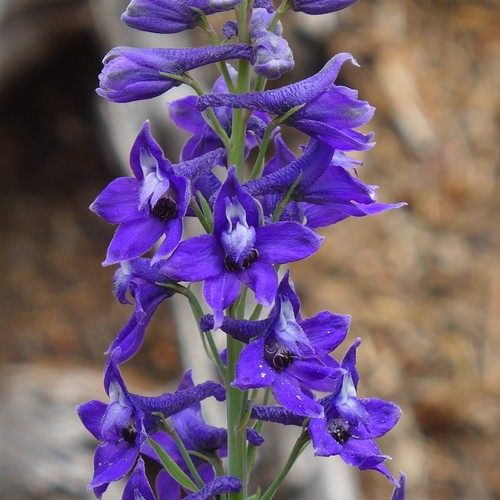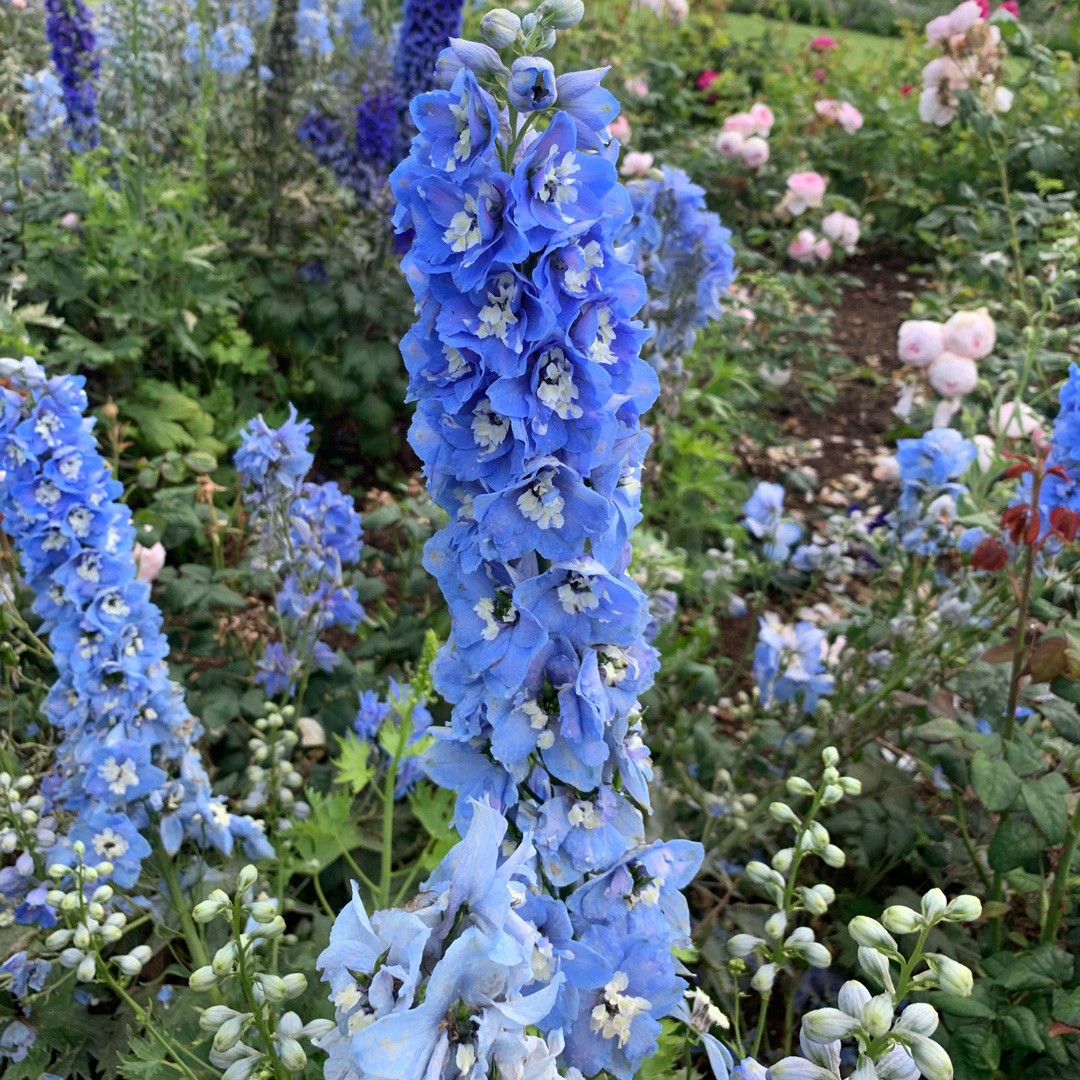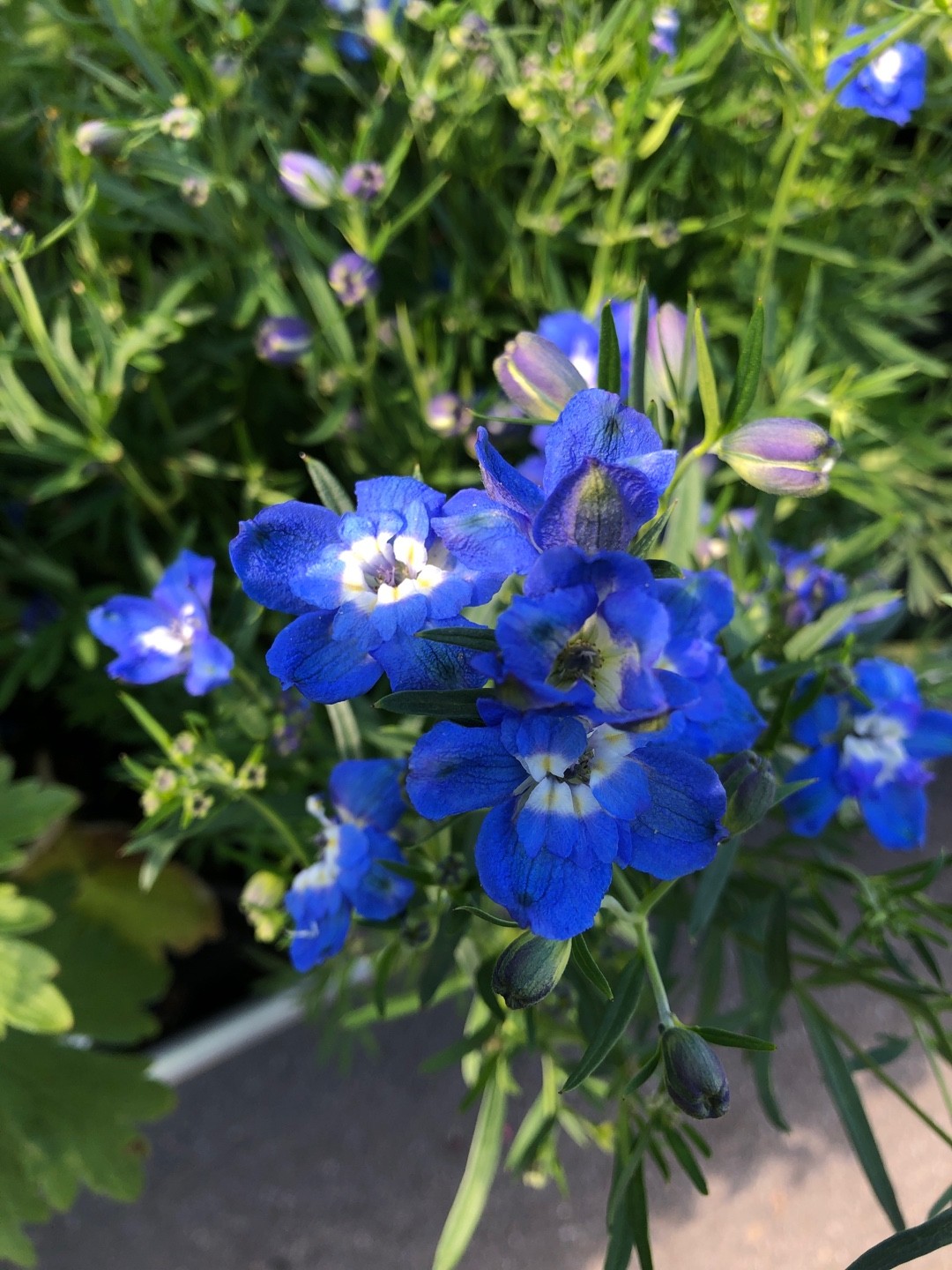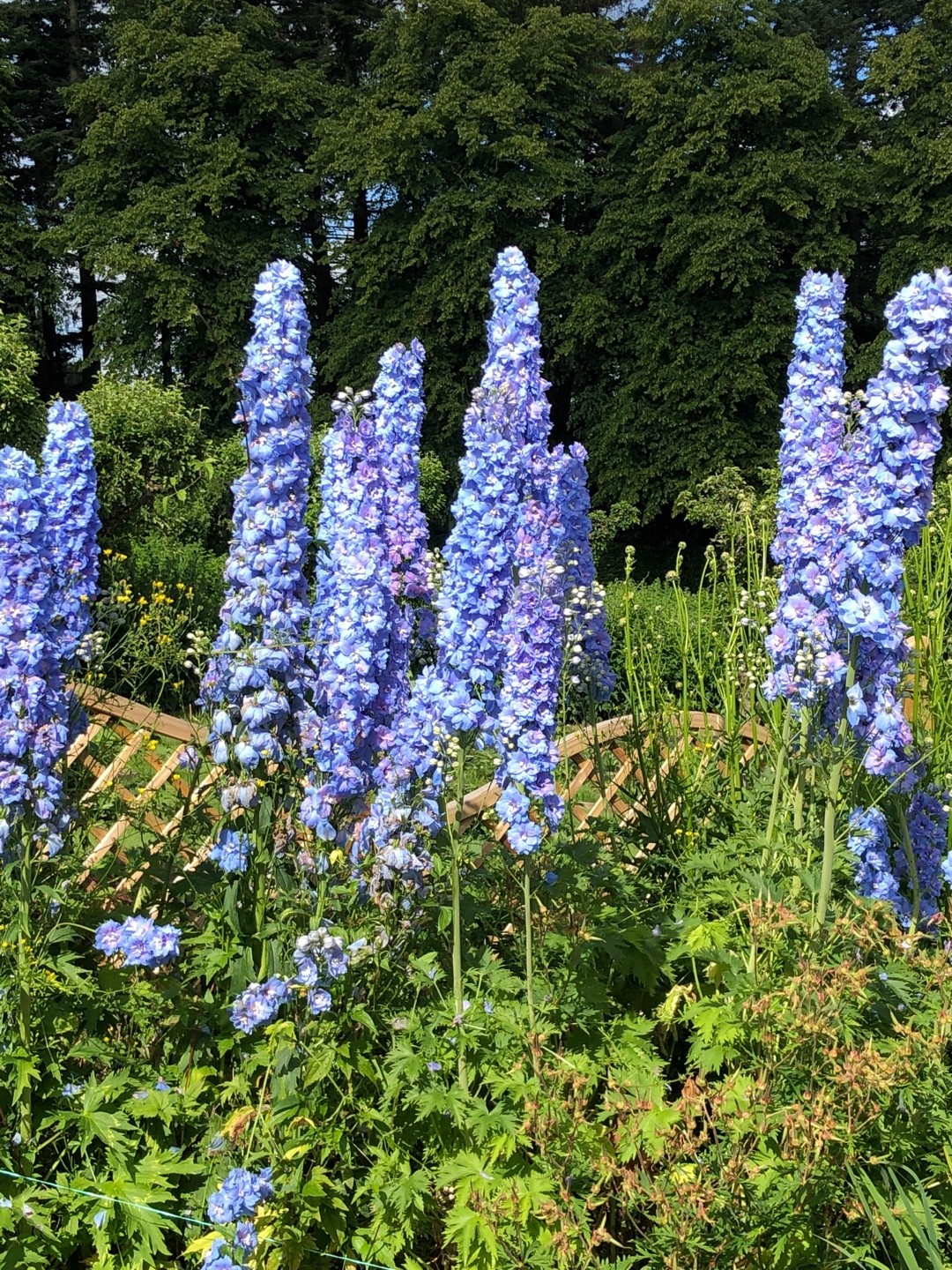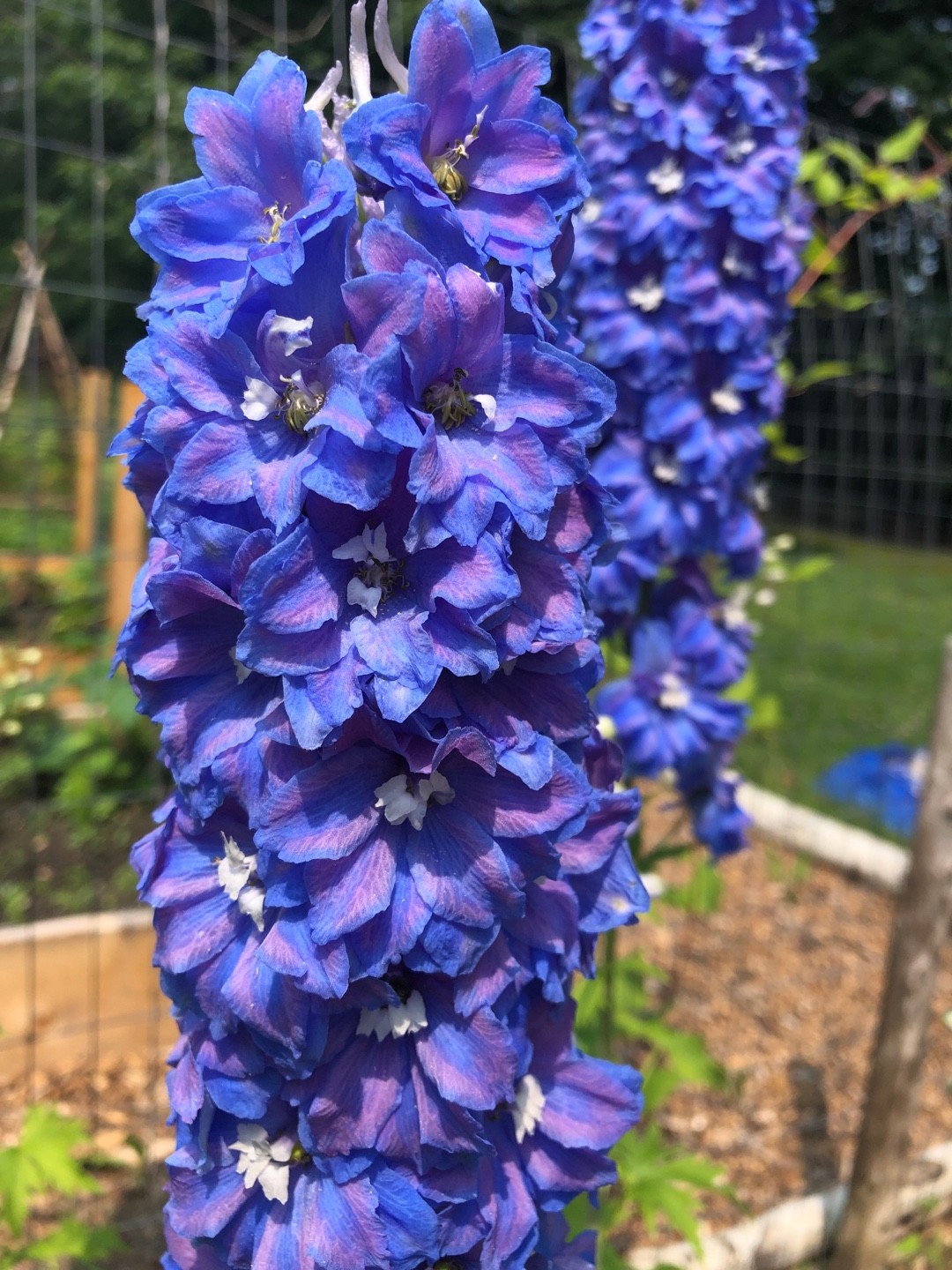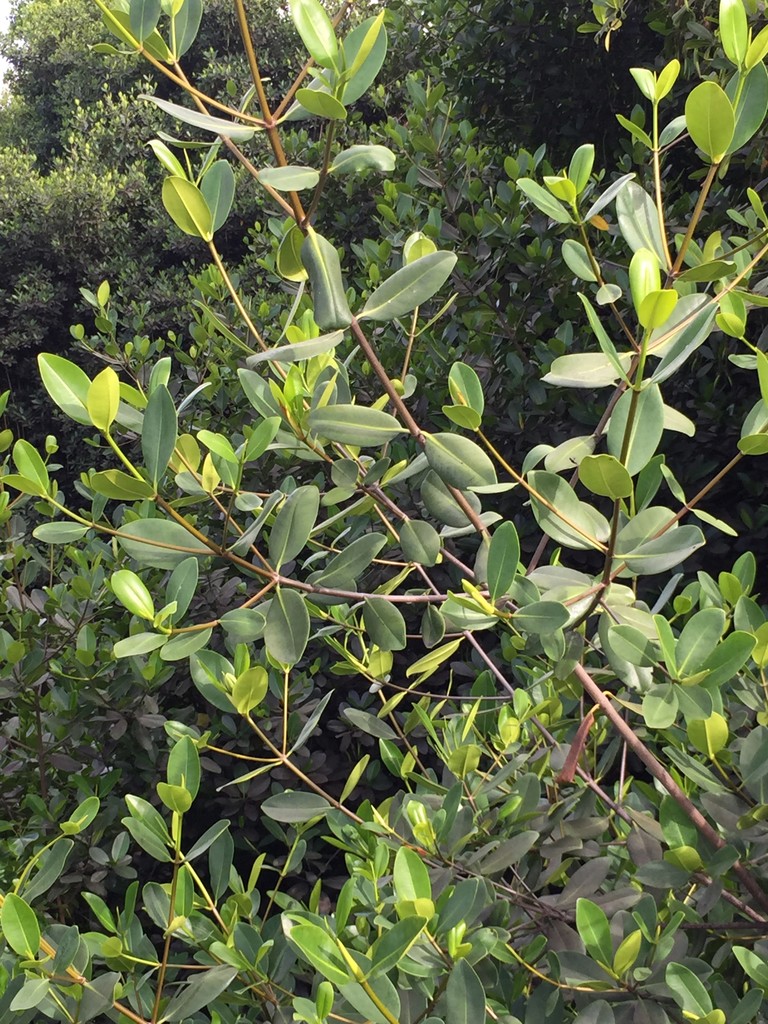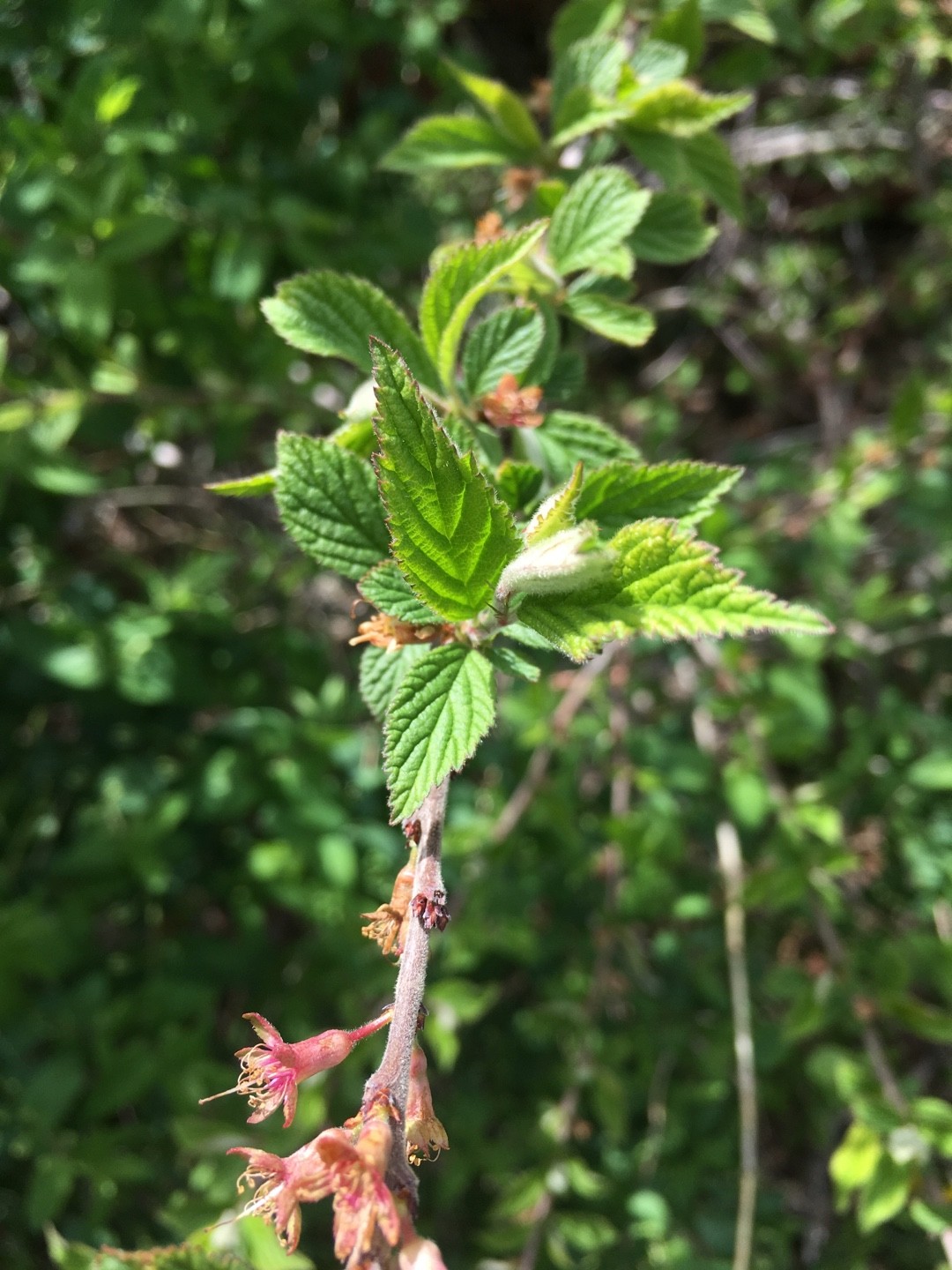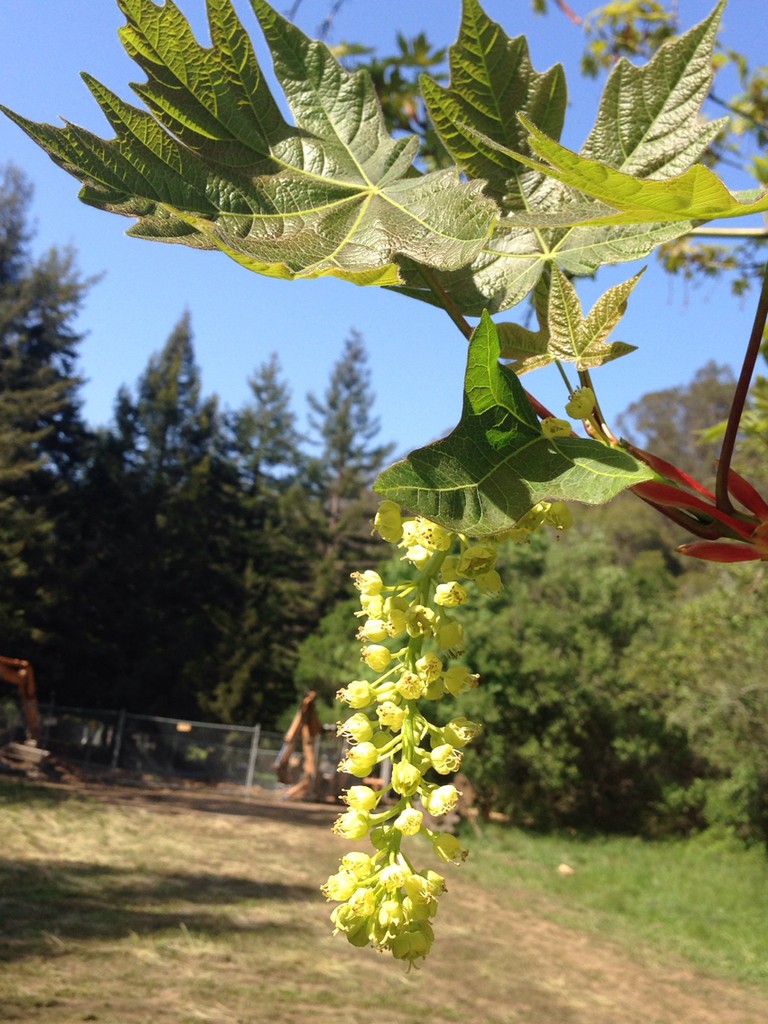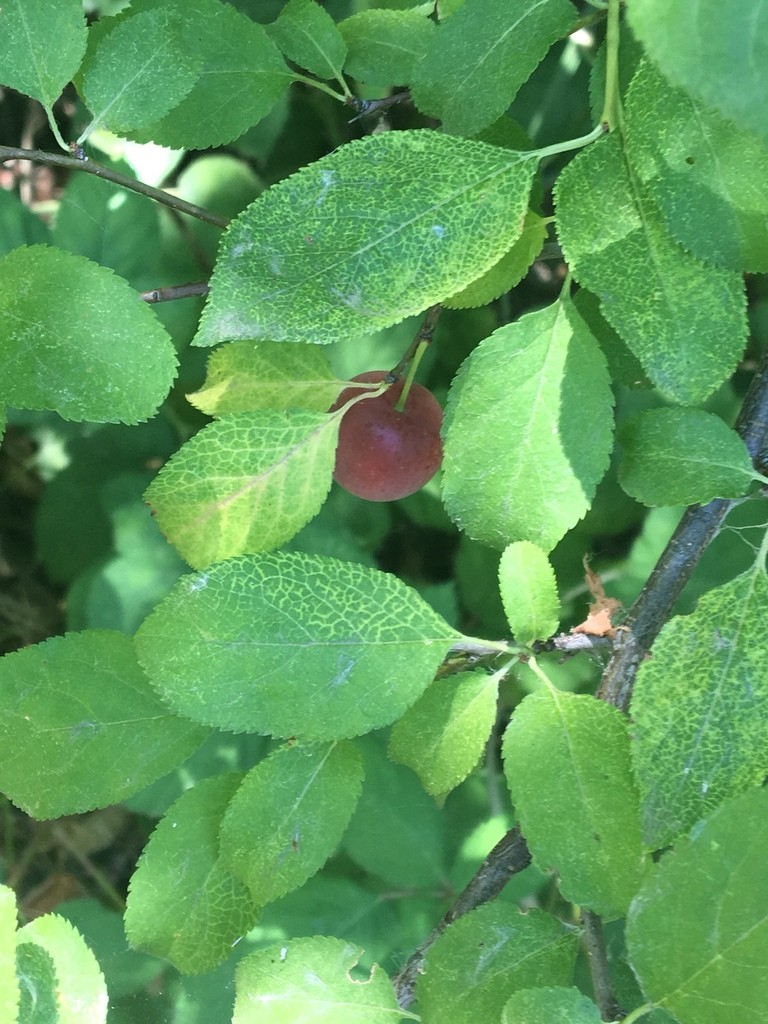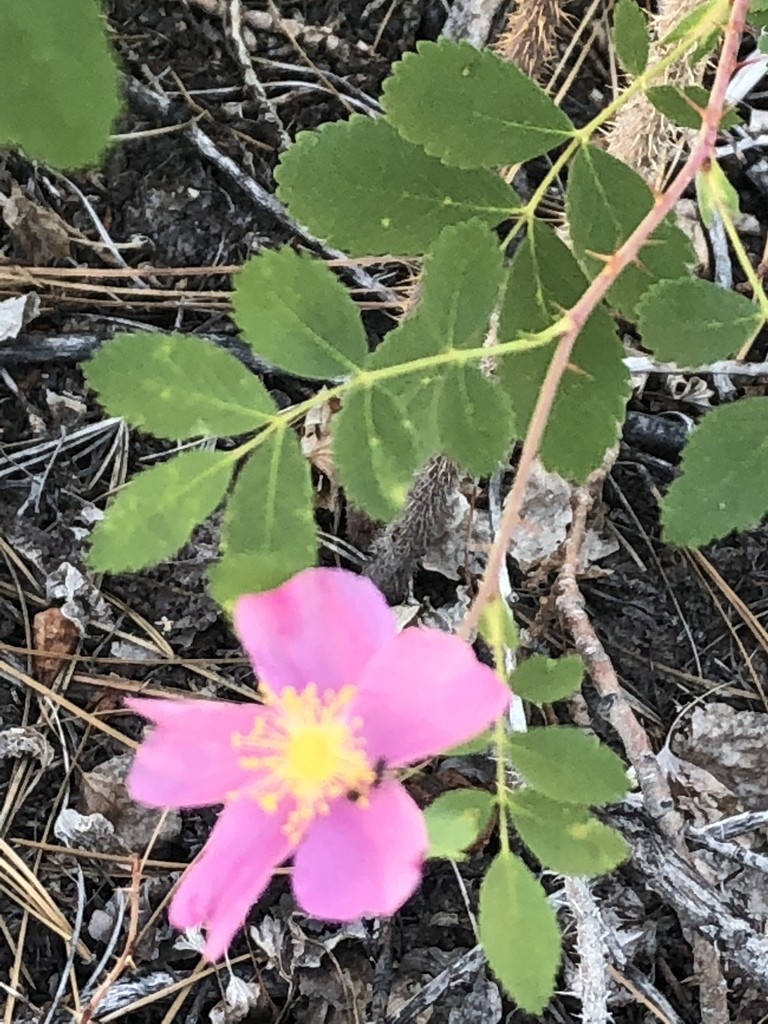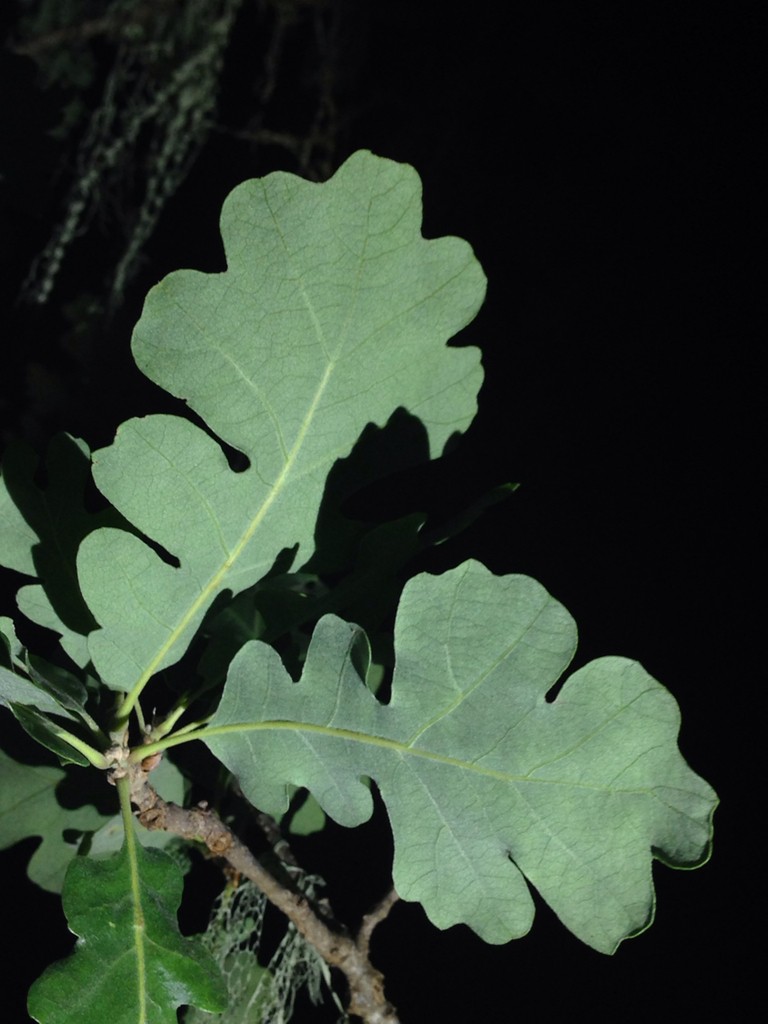Candle larkspur 'Black Eyed Angels'
Tall and showy, candle larkspur 'Black Eyed Angels' is packed with large, frilly white flowers with black "eyes," truly making it stand out among delphiniums. A member of the 'New Millenium' hybrids, this cultivar was named specifically for its pure-white petals adorned with black centers, giving it the look of a black-eyed angel. Candle larkspur 'Black Eyed Angels' is very popular for its lovely ornamental value, compact yet fast-growing habit, and tolerance to heat.





